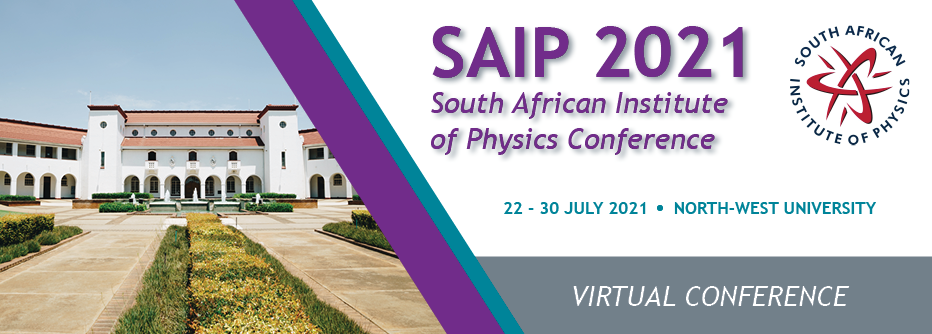Speaker
Description
Capture-recapture has been identified as a possible use case for estimating the underlying size of astrophysical transient and variable populations. We present a series of exploratory analyses using capture-recapture methods from biostatistics. Several estimators were tested for their applicability. We implemented two different capture-recapture approaches: a statistically closed population and a robust design, a mixture of closed and open population modelling.
In the first approach, we used simulations of the X-ray lightcurves of high mass X-ray binaries (HMXBs) to probe the convergence to the input population for several estimators as a function of the number of observations. The cadence played a crucial role in the rate of convergence to the underlying population with respect to the number of observations relative to the underlying period distribution of the recurrent source outbursts. The cadence and threshold discrimination of sources between outburst and quiescent states affect the capture probability of sources. Capture probability was demonstrated to be a key factor for population estimation, categorised into 'behavioural', 'temporal', and 'heterogeneous' effects. The simulations were extended to a real data application for HMXBs in the Small Magellanic Cloud using the OGLE-IV XROM survey. The observations were grouped into a fixed number of samples, and the optical characteristics included large variation in quiescent flux that creates heterogeneous population capture probability. The estimation was notably limited by the observational flux threshold in this instance.
The robust design investigated a population of Dwarf Nova identified from the OGLE-II, -III, and -IV phases. New individuals were added to the monitoring sample between phases, which the robust design accounts for in its modelling, and abundances were estimated within phases and for the entire study.
These investigations have opened a course for population estimation of transients and variable stars alongside population synthesis simulations. The generation of capture histories remain non-trivial through the choice of observation grouping, brightness scale, and imposed flux threshold. Recommendations are made for further exploration of the topic.
Apply to be considered for a student ; award (Yes / No)?
Yes
Level for award;(Hons, MSc, PhD, N/A)?
MSc

